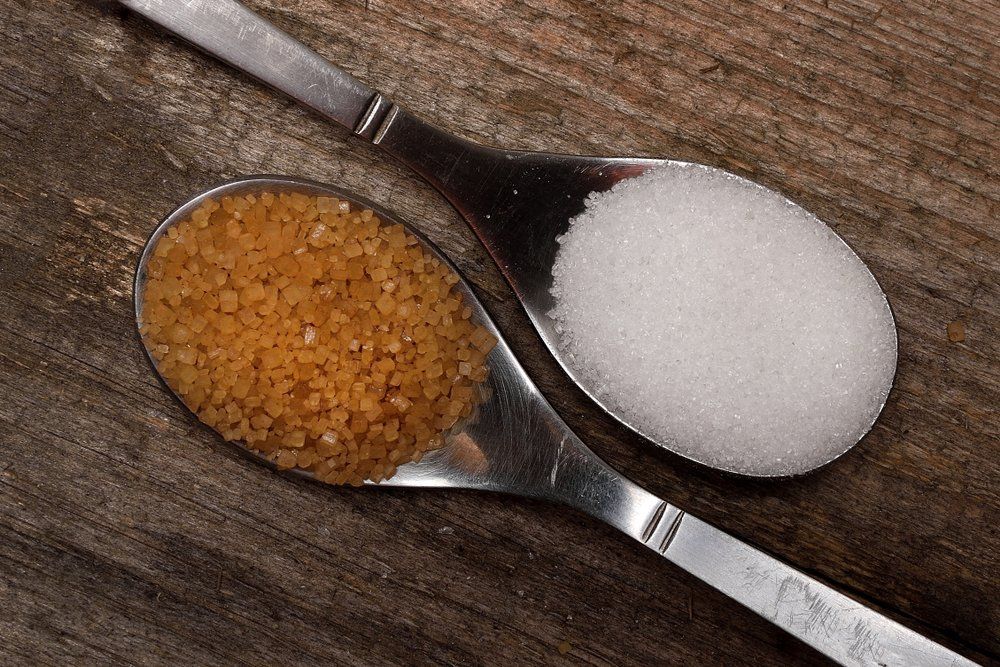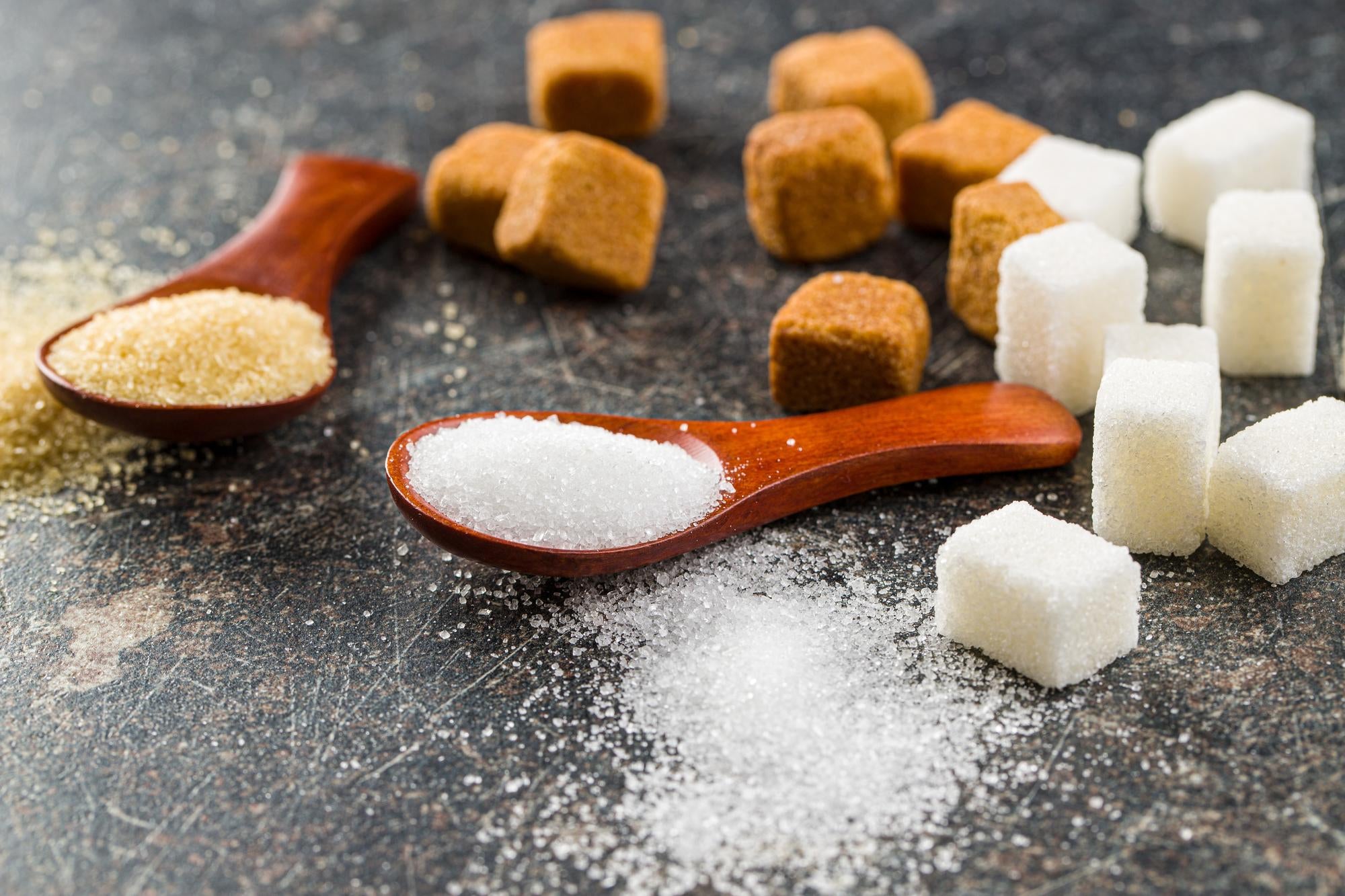Recognizing the Nutritional Conveniences of Beetroot Sugar Vs Walking Cane Sugar for Wellness Conscious Customers
When analyzing the dietary effects of beet sugar versus walking cane sugar, health-conscious customers find that both ranges primarily contain sucrose and deal comparable calorie values, each adding about 16 calories per tsp. Regardless of this similarity, neither type confers considerable health and wellness benefits, as they are devoid of vital nutrients. Checking out the wider impacts, including environmental considerations and long-lasting health results of sugar consumption, could illuminate much more nuanced distinctions between these 2 sugars.
Nutritional Profile and Caloric Worth of Beetroot Sugar and Cane Sugar
Although both beetroot sugar and walking cane sugar are mainly made up of sucrose, their dietary accounts and calorie worths are incredibly similar. Each supplies about 16 calories per tsp and consists virtually totally of carbohydrates, with very little amounts of healthy protein or fat. These sugars additionally do not have significant quantities of vitamins or minerals. The improvement process strips away many of the integral nutrients, making both kinds almost identical in terms of nutrition. There are trace distinctions in the impurities that stay after processing, which can somewhat affect the flavor and color of the sugars, yet these are minimal in regards to health influence. For customers concentrating on dietary effect, the choice between beetroot and walking stick sugar is a lot more about individual choice or potential environmental issues as opposed to nutritional differences. Both must be eaten in moderation within a balanced diet regimen because of their high caloric material and lack of vital nutrients (beet sugar vs cane sugar).
Ecological Impact and Sustainability of Sugar Manufacturing
While the nutritional distinctions between beet sugar and walking stick sugar are very little, their production procedures provide more significant disparities, particularly in regards to ecological impact and sustainability. Walking cane sugar manufacturing commonly entails substantial land usage and logging, which adds to habitat destruction and biodiversity loss. This agriculture is likewise related to high water consumption and water pollution because of the overflow of chemicals and fertilizers. In contrast, beet sugar production typically needs less land and can be cultivated in even more temperate environments, which may minimize the need for irrigation and the involved water source deficiency.
However, beet farming is not without its ecological challenges; it includes significant power inputs, especially in the northern climates where it is expanded, due to the requirement for longer heating periods in sugar click reference processing. Both sugar beetroot and sugar walking cane markets are exploring a lot more sustainable techniques, consisting of crop rotation, natural farming, and improved waste administration techniques to mitigate these effects.
Wellness Results and Recommendations for Sugar Usage
Despite their marginal dietary distinctions, both beetroot sugar and walking stick sugar can have detrimental wellness results when consumed in excess. High intake of either kind of sugar contributes to an array of wellness issues, including excessive weight, type 2 diabetes mellitus, and heart disease. Both sugars are his comment is here pure sucrose and deal no necessary nutrients apart from calories, bring about rapid spikes in blood sugar degrees upon consumption.


Conclusion
